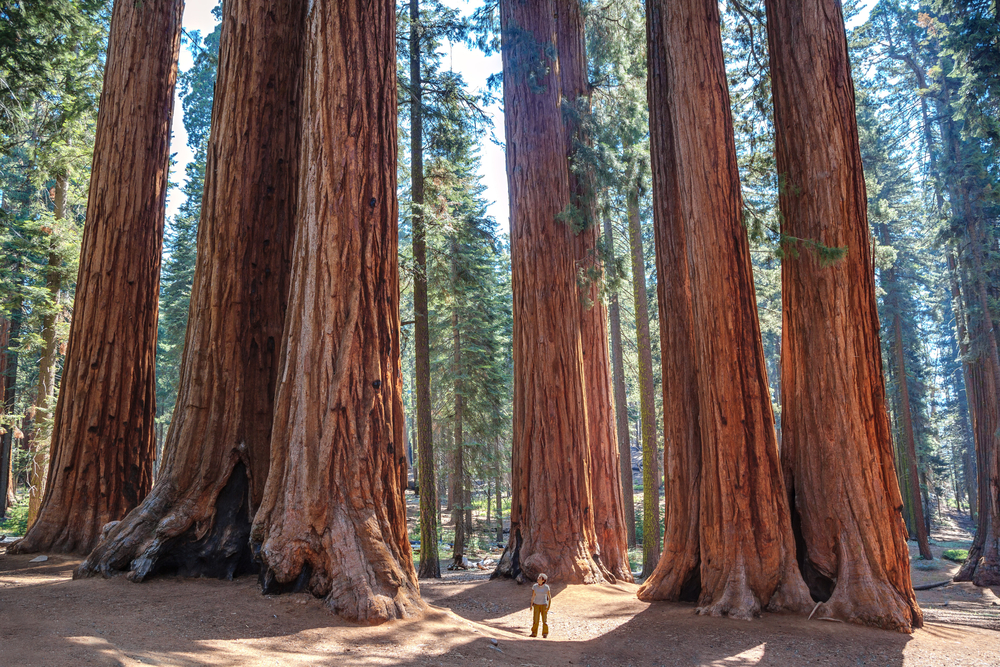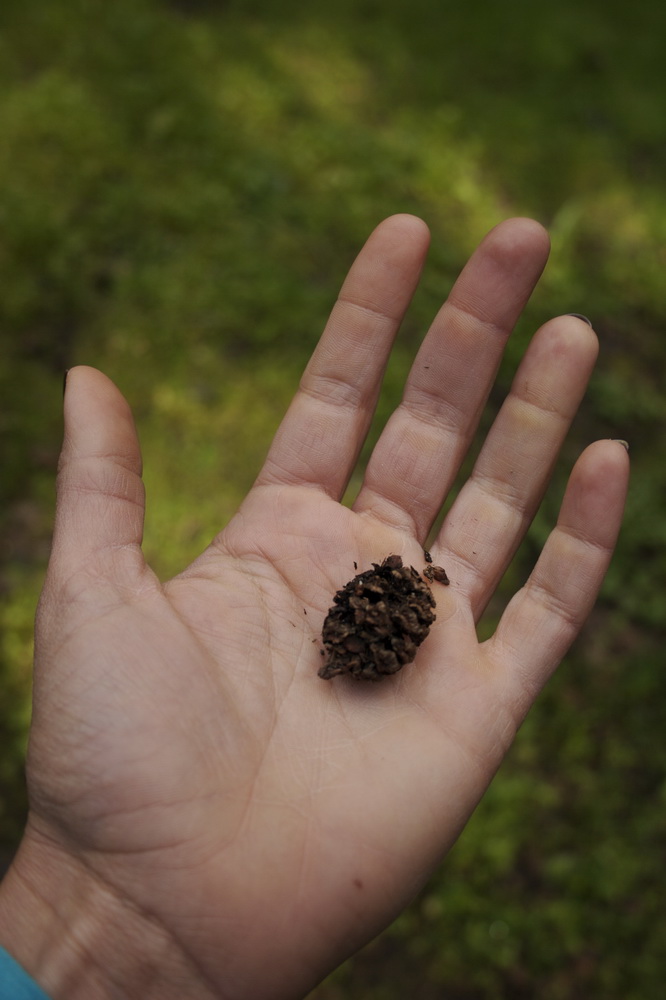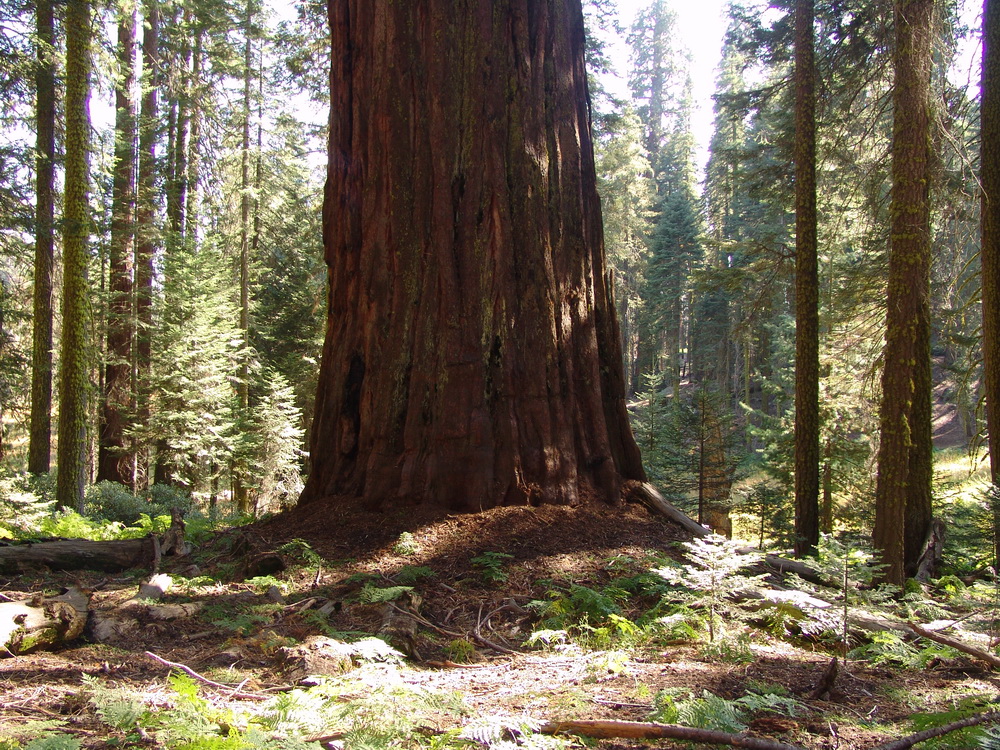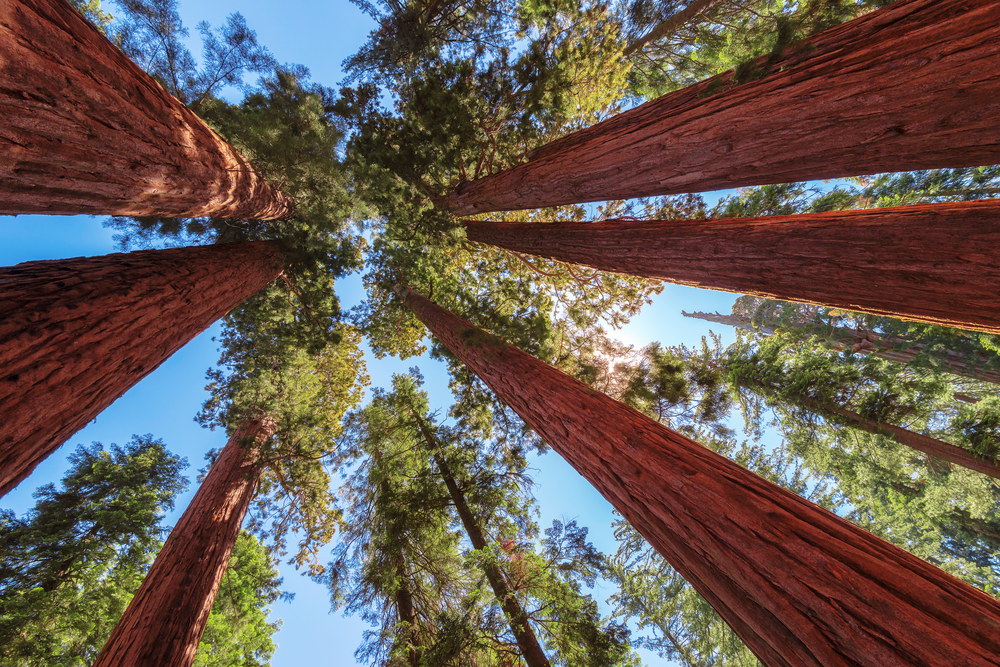One of Earth’s Largest Living Organisms Is About to Have Its Genome Sequenced
Credit to Author: Kate Lunau| Date: Tue, 26 Sep 2017 19:09:49 +0000
Some of the largest, oldest, and most stately living things on our planet can be found in the redwood forests of California and southern Oregon. They are the giant sequoias and their close relatives, coast redwoods: Trees that can survive for hundreds of years (giant sequoia can live for over 3,000 years) and grow to be hundreds of feet tall. Standing in an old-growth redwood forest, surrounded by these ancient giants, is a humbling experience.
What makes these trees so resilient over centuries, and able to grow so tall, is a mystery. Now scientists affiliated with the nonprofit Save the Redwoods League are launching a project to fully sequence the genomes of both the coast redwood and the giant sequoia for the first time. Their work could help us better manage these forests and protect them against climate change.

“This is the first time their full sequences are being mapped in this way,” Emily Burns, the League’s director of science, told me over the phone. The hold-up has been sequencing technology, she said. Until now, it simply couldn’t handle these trees’ gargantuan genomes.
“The coast redwood genome is ten times larger than the human genome,” Burns said. “It’s technologically challenging, and before, it would have been cost prohibitive.” The coast redwood is hexaploid (it has six sets of large chromosomes) whereas human beings are diploid (with only two).
Read More: Scientists Are Surprised That Iconic East-Coast Trees Are Moving West
Over the summer, Burns said, researchers collected the trees’ seeds (which are contained in their cones) to be used for sequencing. This meant climbing all the way to the tree tops, over 200 feet up. “In old growth redwood forests, you only find cones at the top of the tree, in the sunlight,” she said. “You can’t just get them from the ground.”

“Sequencing a tree genome is a crucial first step,” Stephen Keller, an assistant professor of plant biology at the University of Vermont, told me. (He isn’t involved in this project.) It will allow scientists to draw comparisons with other closely related species, and ultimately bring a “much more detailed view” of how these species have been shaped by the environment, particularly once many individuals in a population have been sequenced, he said.
The first tree genome, Keller told me, was published in 2006. Since then, the technology has advanced by leaps and bounds, allowing for this new research. He added that David Neale of the University of California, Davis, who is leading the effort to sequence the coast redwood and giant sequoia genomes, is a “leader in the field of conifer genomics.”

According to Save the Redwoods League, Neale did a pilot effort in 2014 to see if sequencing the redwood genome was even possible. That’s the basis for this new work.
The project, which will make the tree genomes publicly available, is expected to take about five years altogether. But Burns told me they’re hoping to have the first draft sequence for both species available by next summer. With that information, scientists will hopefully be able to answer all kinds of questions about these mysterious giants—like why they got so big. How they manage to live so long. And how they might adapt to climate change.
“Our big interest is to protect both species over the long-term as the environment changes and as the climate changes,” Burns told me. “We don’t know how diverse [these trees] are even within a single forest. That genetic diversity is hidden from us at this point.” In the future, if researchers can identify areas of particularly high genetic diversity, for example, they could be designated for special protection from logging and other activities, she explained.

Coast redwoods and giant sequoias are incredibly long-lived, and unlike animals and insects, they don’t move around—they stay deeply rooted in the same place over hundreds, even thousands, of years. “They’ve been through droughts, and floods, and all kinds of difficult things,” Burns said. (Not to mention logging, which cleared an estimated 95 percent of the original old growth redwoods in California.) “The ones still standing have survived.”
The climate is changing, “and they are still thriving,” Burns continued. “But we don’t really know what that threshold is.” Sequencing the genomes of these trees will help us make sure they live on through whatever changes, anthropogenic and otherwise, are to come.
Get six of our favorite Motherboard stories every day by signing up for our newsletter.